Every Lens Tells a Story
Lenses:
To quote Sony.com “Every Lens tells a story!”
That is not true. Not completely anyway. A lens does no good unless it is attached to a camera, and the camera is only as good as the eye looking through it.
Then again it is true if you remember that an eye is also a lens; a lens attached to a photographer.
It is up to the photographer to tell the story.

It can be a story about love, or friendship, history, the beauty of nature. It can be sensual.
A lens is a tool to make that story visible.
I want to remind you that if you are using an APS-C sensor camera the focal length of any compatible lens is based on the 35mm film and APS full frame equivalent times the crop factor of 1.6.
http://community.fmca.com/blog/62/entry-1382-depth-of-field/
Lesson two.
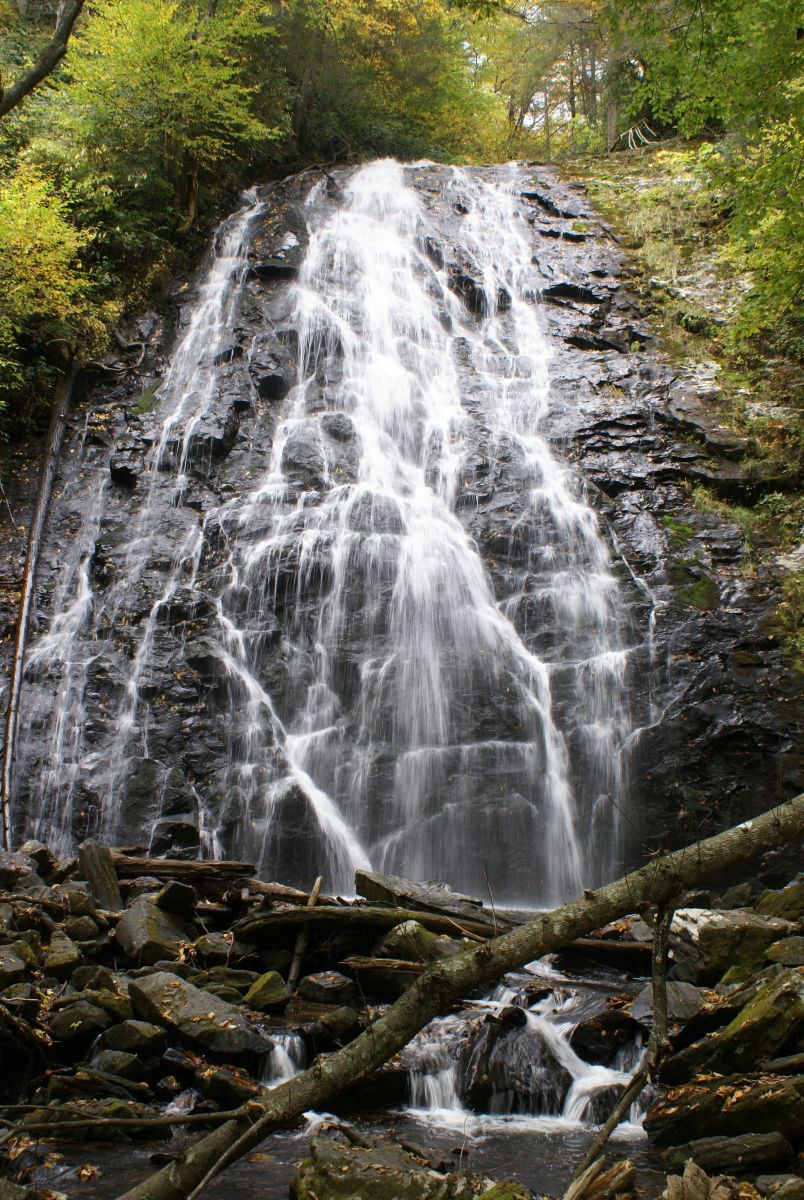
There are three basic types of lenses:
Fixed focal length; which includes wide, fisheye, normal or prime, and telephoto lenses.
Zooms, which can also be wide or telephoto or a combination of both.
Macros, which are also known as, close up lenses. These are also fixed focal length lenses. Any zoom that claims to be a macro lens, well it isn’t.
Fixed focal lengths come in various lengths and f-stop configurations. First is the normal lens. The term “normal” refers to the angle of view that the human eye sees when looking straight ahead. This normal angle of view is pretty close to a full frame 50mm lens. When using an APC-C camera normal would be approximately 35mm. (35 times 1.6 equals 56). I mentioned 35mm because that is a very popular focal length. A 30mm lens is also available from some manufacturers.
If the normal angle of view of the human eye (which is a lens) is equivalent to a full frame 50mm lens, than any lens with a greater angle of view is a wide lens and any lens with less is a long lens. Once again depending on the sensor, a normal or prime lens, as some call it, can be 28 to 50mm in length. A fast normal lens with a large aperture of f-2.8 or more makes a great lens for shooting pictures in low light. I own a 35mm f-1.8 lens.

A 50mm lens when used with an APS-C camera makes a really good portrait lens. A 50mm prime lens can bring a person close enough for a head and shoulders shot without standing on top of them. If you set the f-stop at 3.5 or lower you will create a nice bokeh effect. Bokeh is the blurred image behind your subject. My 50mm f-2.8 Macro prime lens creates a very pleasant bokeh which I take advantage of for both portrait and close up nature shots.
A wide angle lens pulls into the frame and focuses what a human sees with their peripheral vision. Wide angle lenses have a very wide depth of field, meaning that the foreground and the background will be in focus at just about any f-stop setting of the lens. Wide angle lenses have the ability to make an object or person that is close to you look farther away than it really is. Ultra wide angles, such as a 12mm fish eye lens, which can have a 180 degree angle of view, will also distort what you are looking at. This is the peep-hole effect and depending on the lens and sensor size, it can be very pronounced.
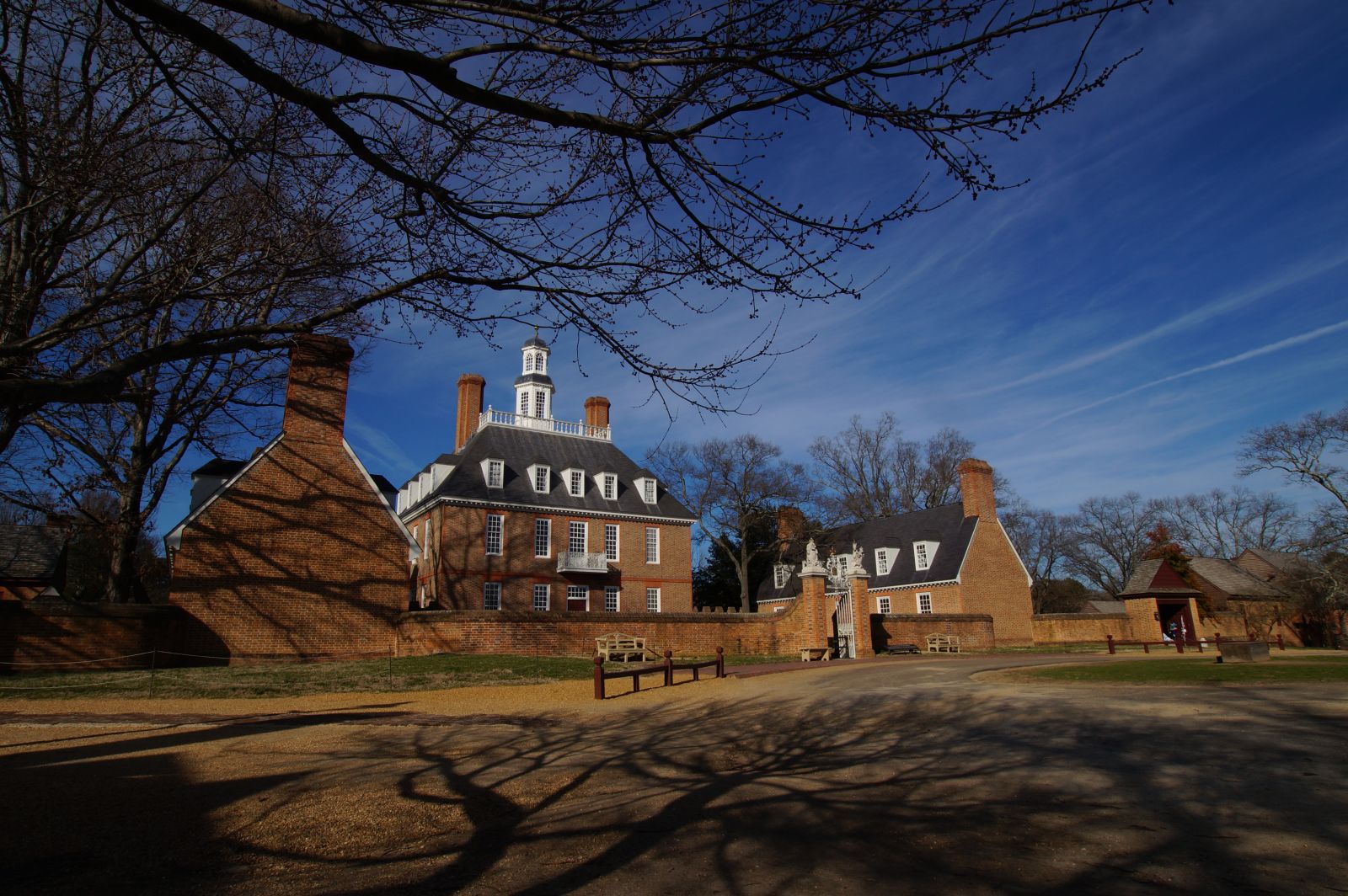
I enjoy using a wide angle lens for landscape and scenic photography. I can capture all of a waterfall or a stream, a big wide sunset over the Grand Canyon. I am not a fan of fish eye lenses for a couple of reasons, one; I don’t like the extreme distortion, and two; a good fisheye lens cost as much as two good prime lenses. I also use my wide angle lens for taking group, architecture and interior shots. I happen to own a Sony 11-16mm wide angle zoom. It was expensive but well worth it.
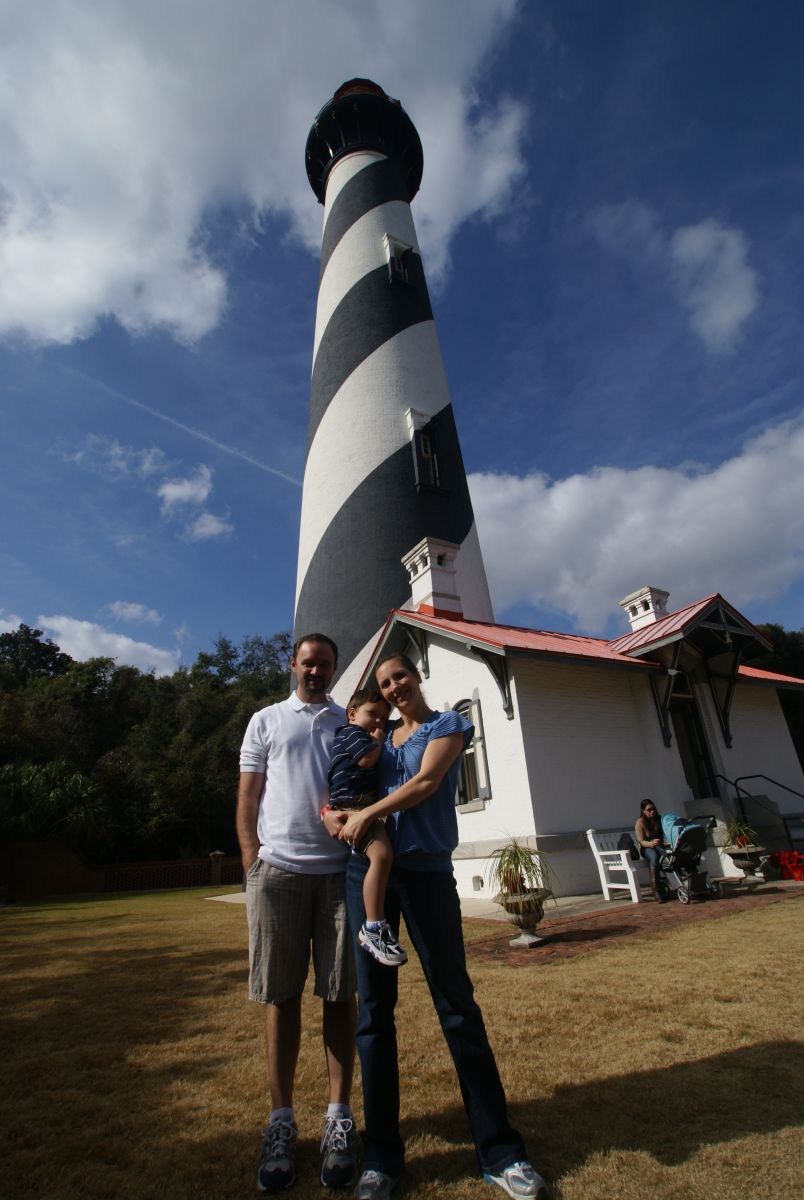
The primary function of a telephoto lens is the same as a telescope, to bring distant objects into closer view. The too technical definition of a telephoto lens is that the physical lens is shorter than the focal length and that the lens is constructed of groups of lenses called elements to bend light in certain ways to prevent fringing and distortion and make the image as sharp as possible.
I don’t own a telephoto lens. I used to. A medium telephoto is between 85mm to 135mm in 35mm format (film again?). A super telephoto is over 300mm in 35mm format. The most common telephoto lenses manufactured by camera makers or lens makers are 85mm, 100mm, 135mm and 500mm lenses. Along with being fixed focal length, these lenses have something else in common, they are very expensive. Telephoto lenses are usually fast, they have a maximum aperture of 2.8. This gives them a physically large size and price tag to go along with it. The longer the lens is, literally, the bigger the price. It is my opinion that unless you need one for a very specific application, like shooting sports at night for example, your money is better spent for a good telephoto zoom lens.
I mentioned that I used to own a telephoto lens. It was a really nice Minolta MD 135mm f-2.8 that I traded a zoom lens for. This was over twenty years ago when I had my own darkroom. At that time, I didn’t care for the quality of the shot from, or the physical size of, a zoom lens. I found that fixed focal length lenses produced a sharper image that was much better than a zoom set at the same focal length. Fixed focal length lenses were lighter, and faster. That is somewhat true today, but zoom lenses are much better constructed than they used to be, and they are more versatile than a fixed focal length lens. That is why I own four of them. In my bag is an 11-16mm wide angle zoom, a 55-200mm zoom, a 70-300mm zoom. Normally attached to my camera is the kit lens that came with it: an 18-55mm zoom lens. The last lens has an aperture of 3.5-5.6. Why two f-stops? That is because it is different at the minimum and maximum zoom setting. At 18mm the maximum aperture opening is 4.5 and at 55mm it is 5.6. All my other zooms have a maximum f-stop range of 4.5-5.6. This is rather typical of any manufacturer’s zoom with the same focal length.

So far we have learned that fixed focal length lenses tend to be faster than a zoom so they are better for low light shooting, especially so if you want to hand hold the camera. That is why I own a 35mm f-1.8 “normal” lens. A 35mm APS-C lens is equivalent to a 50mm full frame lens. I also own a 50mm full frame f-2.8 lens which I use for portrait shots. My fixed focal length lenses are not as versatile as my zooms when composing because if I want a tighter shot, I have to move closer to the subject, and if I want a wider shot, I have to move back. Zoom lenses allow me to change my angle of view without moving as much. However, zoom lenses do not usually have as large an aperture as a fixed focal length lens, not without paying a huge amount of money. They are bigger in size so not easy to hold steady when shooting in low light. Using a tripod when shooting in low light with a zoom is a good idea.
Last but not least is the macro lens. As I stated earlier, a zoom lens is not a photomacrography lens, even if the manufacture says it is. It simply does not have the 1:1 reproduction/magnification capability of a true macro lens. A zoom lens cannot produce an extreme close up shot resulting in a greater than life size image on the sensor. Of course, it is possible to produce a greater than life size image when viewing or printing an image.
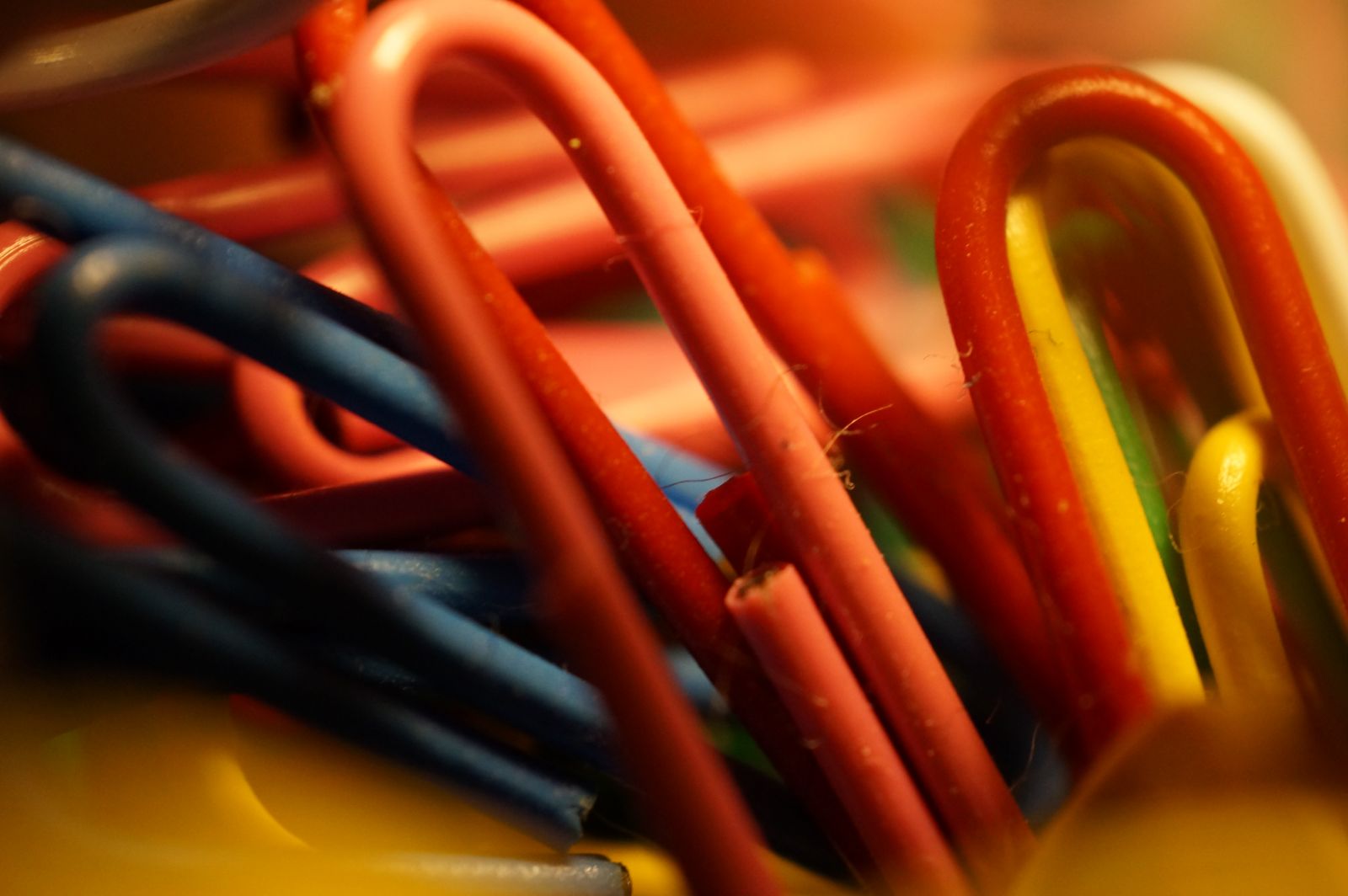
Sony has three macro lenses, a 30mm f-2.8, a full frame 50mm f-2.8 and a full frame 100mm f-2.8. The 50mm and 100mm lenses both have the advantage of allowing you to be farther away from your subject (we are talking inches) than the 30mm and still capture a 1:1 image. When shooting live subjects from farther away, even if it is only half a foot, is not a bad thing.... it keeps the butterfly from well, flying away. Both the 50mm and 100 mm lenses cost quite a bit more than a 30mm lens. I choose to purchase the 50mm lens (used) because I also wanted to use it as a medium telephoto lens. The 100mm, when the crop factor is applied, made it a 160mm lens which was a bit longer than I wanted.
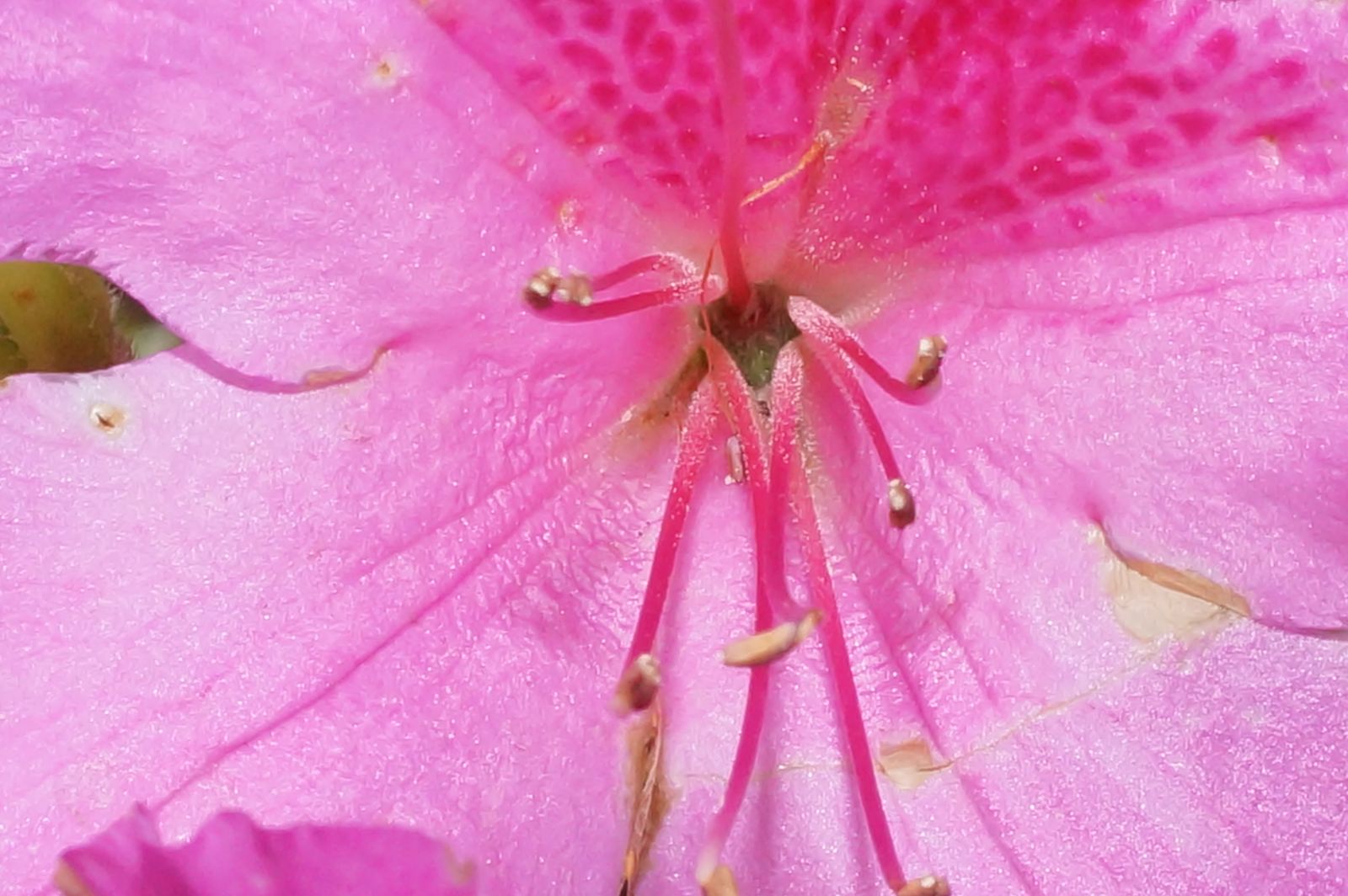
Remember that a Macro lens needs quite a bit of light to take an extreme close up picture. The depth of field will be very narrow and moving the camera a very small amount either closer to, or away from, the subject can dramatically change the DOF. A larger number f-stop setting helps to increase the DOF, but the shutter speed is going to be longer (slower) so mounting the camera on a good tripod is highly recommended.
This was a very basic lesson about lenses, but my hope is I supplied enough information for you to make a wise decision about which lenses you want in your bag.
Next lesson:
Using the most important lenses you have: Your eyes!
http://community.fmca.com/blog/62/entry-1392-the-rule-of-thirds-using-your-eyes/
Gramps


0 Comments
Recommended Comments
There are no comments to display.
Please sign in to comment
You will be able to leave a comment after signing in
Sign In Now